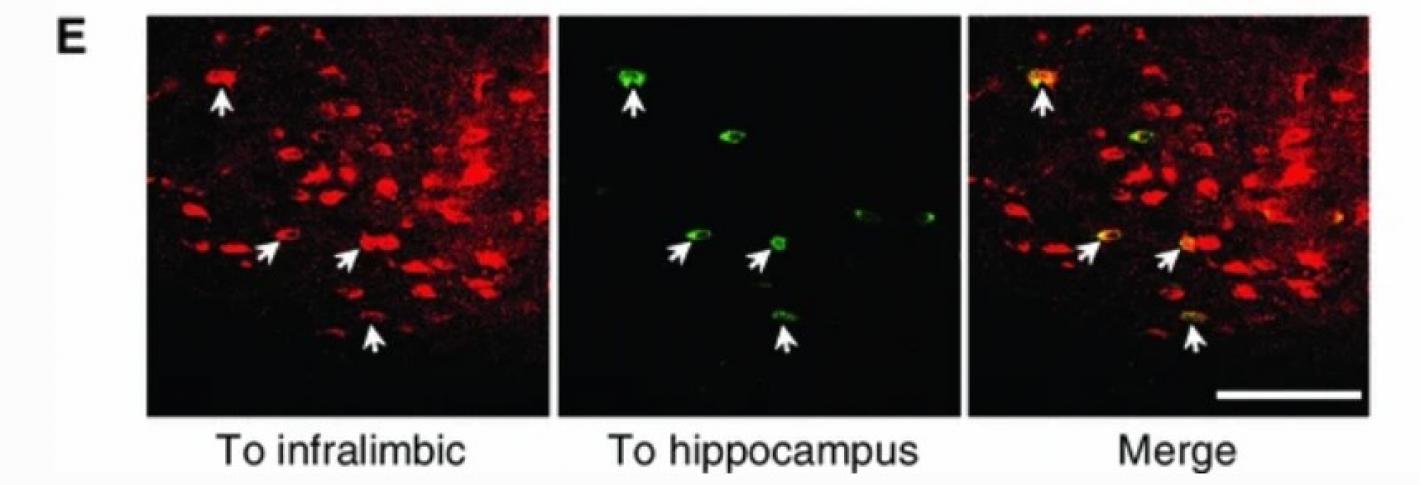
The hippocampus is known for playing a uniquely important role in encoding memories, especially of places, but it does not work alone. Instead, this rather centrally located brain structure is well connected with other regions. Through a series of studies over nearly two decades the lab of Matt Wilson, Sherman Fairchild Professor of Neuroscience, has made important discoveries about the interactions the hippocampus has with other parts of the brain to make memory more meaningful.
For instance, the hippocampus, which stores mental maps of places, converses with the prefrontal cortex, which encodes goals and task rules, when a rodent has to accomplish a goal in a maze. In 2005 Wilson’s lab discovered that when a rodent had to achieve a goal in a maze, the two regions employed theta-frequency (4 to 12 Hz) brain rhythms to closely coordinate the activity of neurons when the rodent invoked spatial working memory. In a second paper that year, the lab also reported the first evidence that neurons in the medial prefrontal cortex lock their activity to theta rhythms from the hippocampus with a 50ms delay, providing evidence of how memory information transfers from the hippocampus to that part of the prefrontal cortex. Finally, in the last paper of the year’s theta trilogy, the team also showed that finely tuned features of timing within the theta rhythm coordination were also shared between the hippocampus and medial prefrontal cortex.

A study by Wilson’s lab in 2013 pinpointed the physical connections that enable such byplay between the prefrontal cortex and hippocampus, tracing their path through an intermediary region of the thalamus called the nucleus reuniens. The following year the lab produced a highly influential study of a part of the thalamus, the thalamic reticular nucleus, showing how it is built to act like a switchyard of information flow between the thalamus and the cortex, allowing some information (e.g. internal processes) to pass but not other information (e.g. external sensory input) depending on the state the brain (e.g. asleep vs. attentive). The study suggested how memory information from the hippocampus that is meant to be transferred to the cortex during sleep might be able to get through, when, for instance sensory information is being inhibited.
Wilson’s lab has shown how the hippocampus also shares spatial and memory information with other regions to help inform goal-directed learning and behavior. In 2015, for instance, the lab performed a study in which rats encountered rewards within a maze and then had periods of rest. Meanwhile the team recorded neural activity in the hippocampus and a reward-encoding region called the ventral tegmental area (VTA), and found that it correlated closely when the hippocampus replayed memories of the experience during sleep, a critical part of the learning process. In 2019 and 2020 the lab focused on a region that communicates with both the hippocampus and the VTA, the lateral septum LS). They discovered that the LS encodes information about speed and acceleration as it communicates with the hippocampus about location. They also revealed that the LS is particularly attuned the locations of rewards. The studies together suggest that the LS, using information from the hippocampus, the VTA and other regions, is a hub linking motivation, movement and mental maps to help the brain navigate environments to gather rewards.

